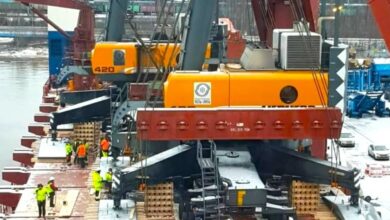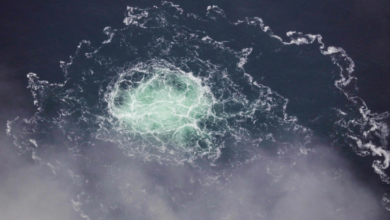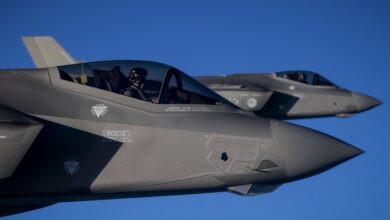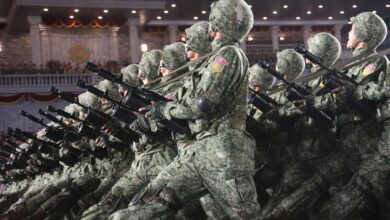
Rear Admiral Richard E. Byrd, the foremost American explorer of his generation, devoted his considerable intellectual energies to US National Security — especially during his fourth Antarctic expedition of 1946.
Code-named “Operation Highjump,” it began one year after the end of World War II. Since America’s “postwar era” arose from the harrowing prologue of a global conflict, Byrd’s outlook was fashioned by Japan’s sneak attack on Pearl Harbor.
Saying that he was not seeking to scare his fellow countrymen, Admiral Byrd thought it vital to alert America to a “cruel reality.” Specifically, that another surprise assault — this one involving enemy air attacks following transpolar flight routes — was within the realm of possibility and merited the notice of US defense planners.
China and Antarctica
Seven decades later, this “cruel reality” has been updated and “upgraded” by Communist China.
In a worst-case scenario, Chinese missiles could very well be launched from Antarctica, or follow a flight path that would take them over the South Pole, en route to a strike on our homeland. Such a strike would evade our current defense systems because our missile defense is currently aimed at the North Pole.
Three years ago, China tested its newest hypersonic missile. The Long March 2C Rocket boasted a technological innovation, allowing it to fire a missile as it approached its target at five times the speed of sound, catching Pentagon officials by surprise.
The vice chief of space operations for the US Space Force, General David Thompson, admitted that our nation was “not as advanced” in hypersonic weapon development as either China or Russia.
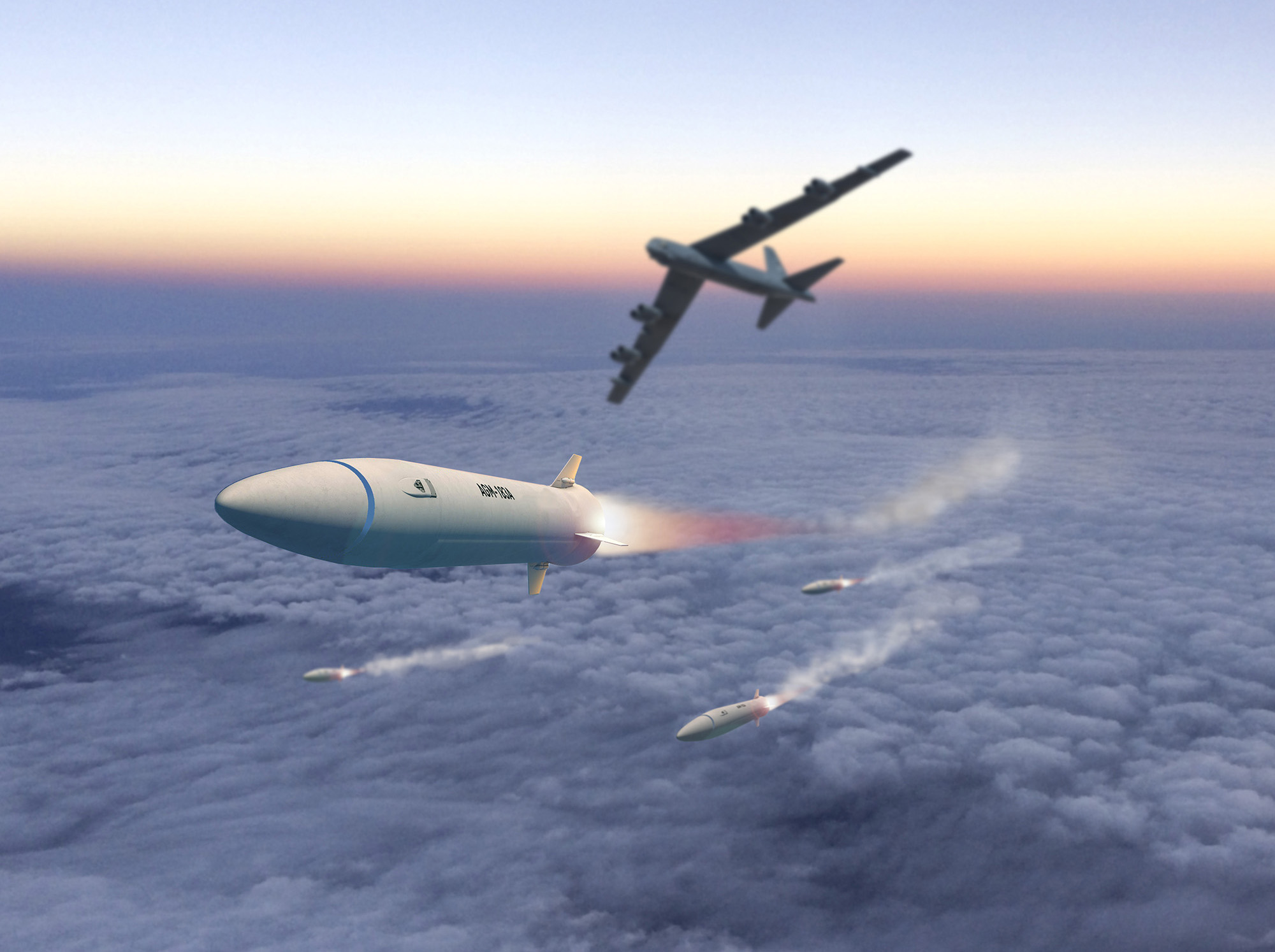
Russia and Antarctica
Continuing its war in Ukraine, Russia has employed its hypersonic missile arsenal repeatedly during more than two years of fighting. But the Russian Bear hasn’t halted the pursuit of its “security interests” elsewhere, including the South Pole.
Despite the old Soviet Union joining the US and 10 other nations as signatories to the 1959 Antarctic Treaty System, Vladimir Putin’s “reconstituted” Russia appears ready to “move on,” in sync with motives arising out of its rekindled alliance with China.
US Lags Behind
Both those nations, now members of the Commission for the Conservation of Antarctic Marine Living Resources, have killed efforts to support new “marine protected areas.” That’s because the Russians and Chinese seek redefined protection goals, springing from their increasingly expansive international posture.
Despite understandable American disdain for “Five Year Plans” formulated by our Marxist adversaries in the past, it is worth noting that both the Russians and Chinese are engaged in long-term planning for their respective future roles at the South Pole.
Moscow commissioned an “Antarctic Action Plan” for 2030, underscoring its military and intelligence goals on the continent. Beijing, since 2011, has prioritized its own objectives concerning “polar politics, economy, science, and security” in each of the CCP’s subsequent “Five Year Plans.”
Washington, in its 2021 pronouncement on America’s National Security Strategy, failed to include any mention of Antarctica. If the US is intent on following a policy of “benign neglect” at the South Pole, the geopolitical consequences may not be so benign.

Chinese Bases on South Pole
China has moved beyond white papers and blueprints to concrete action.
Within the past two months, the Chinese opened a new base on Antarctica’s Inexpressible Island, leading to concerns in Australia.
This is top-of-mind to our allies Down Under because Beijing’s new installation can house as many as 80 people year-round and can be used for both military and scientific purposes.
Dual-use installations like this are particularly dangerous because the power controlling them can profess before the world that their intentions are entirely peaceful, purely for climate research — while secretly installing ballistic missiles.
The Chinese claim that they designed their installation on a prominent constellation seen in the skies of the southern hemisphere and known as the Southern Cross.
Prospects of a “double cross” arouse our allies’ suspicions — especially since the name for the Chinese base, “Qinling,” sounds to Western ears like the slang term for treachery coined in World War II, “Quisling.”
This is not to suggest that America’s national security threats “closer to home” should be ignored, but neither should the growing concerns from the seemingly far distant Antarctic.
 Republican J.D. Hayworth represented Arizona in Congress from 1995-2007.
Republican J.D. Hayworth represented Arizona in Congress from 1995-2007.
The views and opinions expressed here are those of the author and do not necessarily reflect the editorial position of The Defense Post.
The Defense Post aims to publish a wide range of high-quality opinion and analysis from a diverse array of people – do you want to send us yours? Click here to submit an op-ed.




